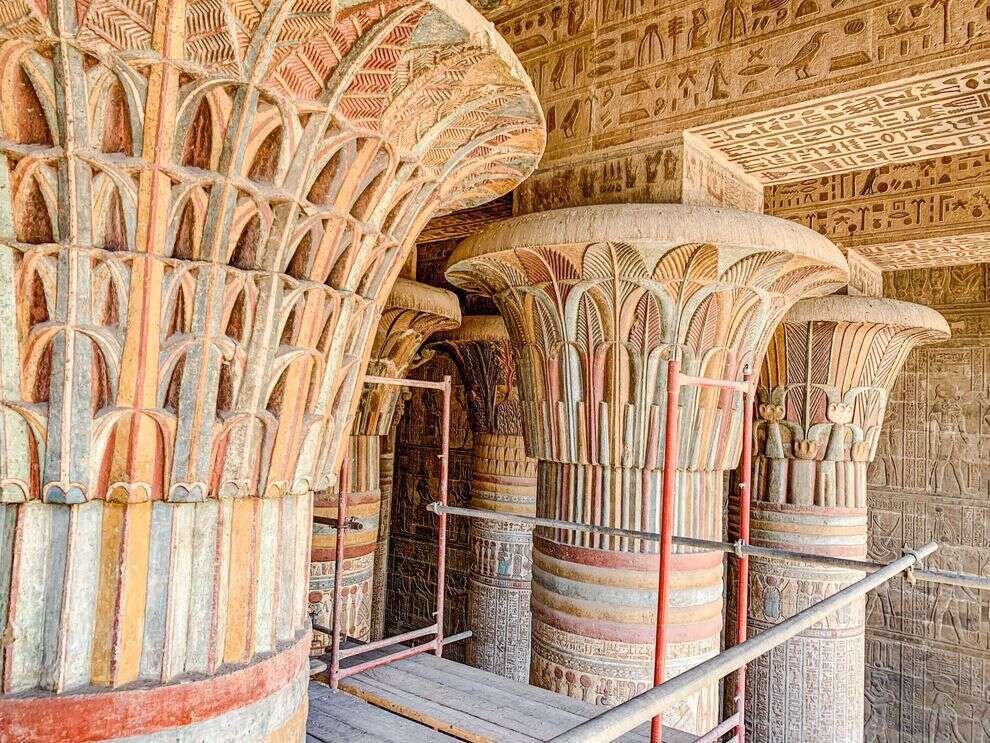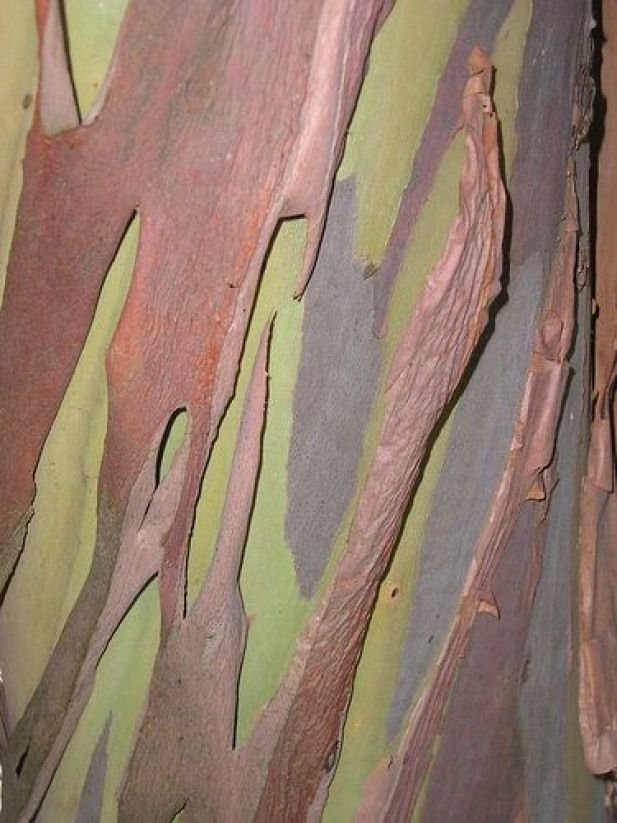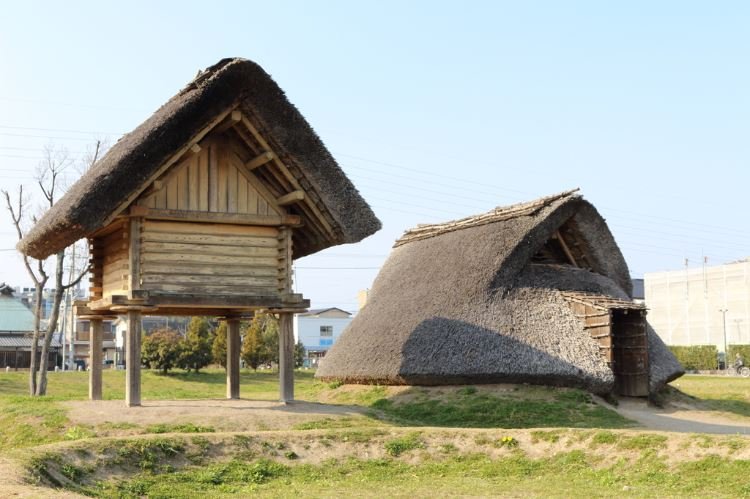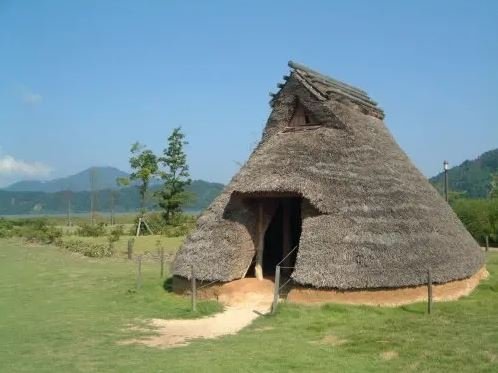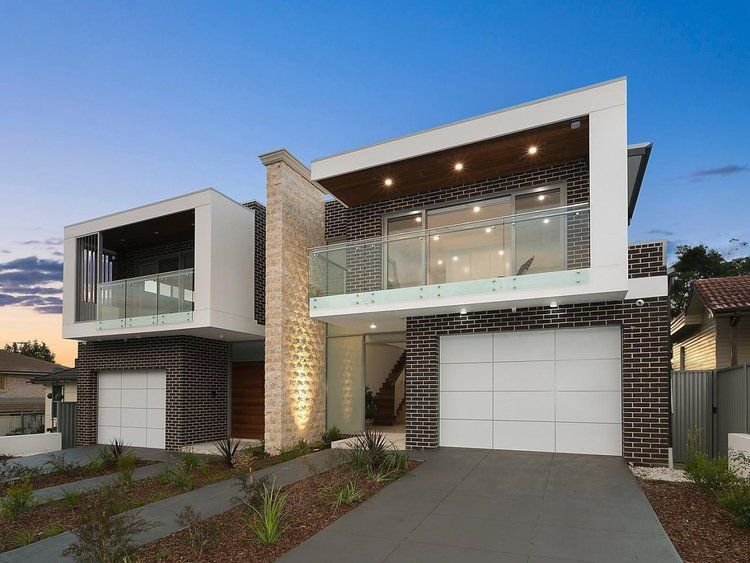Heating the entire volume of a house or room with a fan-forced convection device such as a split-system air conditioner is a very recent luxury. Before gas and electricity, heating was far more ‘local’ to the body, and was usually achieved with a radiant heat source, be that an open fire, stove, or brazier. Then as now, conductive heating was also employed, and at the most local level possible: by using the heat of the body itself to warm the layer of air trapped between it and clothing or blankets.
In the unsealed and uninsulated traditional Japanese house, there were three main ‘stations’ of heat that the inhabitants used to keep warm throughout the day and night: the kotatsu, the bath (heat by conduction), and bed.
The kotatsu is an excellent example of the kind of evolved emergence and holistic integration of parts that is so often found in vernacular ‘design’. It is a low table with a top that sits loose on the frame; between the frame and top is sandwiched a padded futon (here meaning a blanket or quilt rather than ‘mattress’) which drapes down on each side to the floor and is placed over the laps of those sitting at the table, so enveloping their legs in the heated space created between the floor and the futon.
A modern Japanese kotatsu
In the modern version, the heat source is a small electric space heater attached to the underside of the frame. In the traditional version, the hori-gotatsu or ‘sunken’ kotatsu (presumably evolved from the irori, the hearth sunk into the floor of Japanese ‘living rooms’ in farmhouses and elsewhere), there is a pit sunk into the floor that contains a small charcoal brazier and is covered by a grate flush with the floor to protect the legs. In some cases, there is a pit for the legs roughly the size of the table itself and the depth of the lower legs, so users can sit as if in a chair rather than cross-legged; the brazier is contained in a smaller pit within this pit.
Extended family gathered around a farmhouse irori.
The modern kotatsu (top) and the more traditional hori-gotatsu (bottom).
The key to the effectiveness of the kotatsu is in the clothing of those using it: traditional Japanese clothing such as the kimono are open at the bottom, allowing the heat from the kotatsu to rise up into the space between the clothing and the body; the clothing can also be drawn closed or open at the neck to prevent or allow the heated air from escaping as necessary. The kotatsu also forms the locus of the social activity the Japanese call kazoku-danran: sitting together in a family ‘circle’ to eat, talk, play games, and so on. So the kotatsu can be seen as part of a system, a highly satisfying vernacular solution that integrates not only the function of heating with the furniture and the architecture, but also with the clothing, and even with the manner of social interaction.
A birds-eye view of kazoku-danran around the kotatsu
Similar solutions can be found in the west, though perhaps not so sophisticated as the kotatsu. The high-backed, winged armchair, for example, achieved its form for functional reasons in the days before central heating. When faced towards an open fire, the cupping shape of the chair collects the radiated heat; the high back and wings block cold draughts to the head, and the the arms allow a blanket to be more securely draped over the legs.







